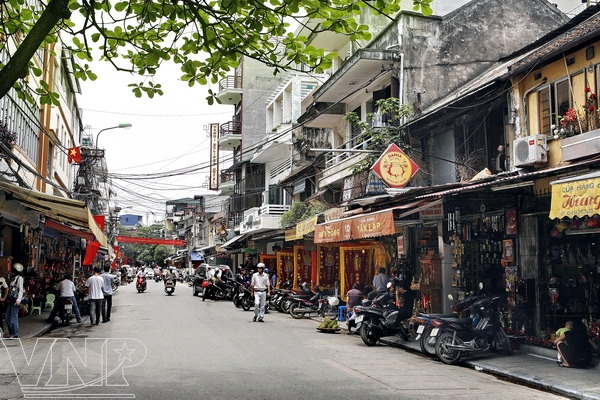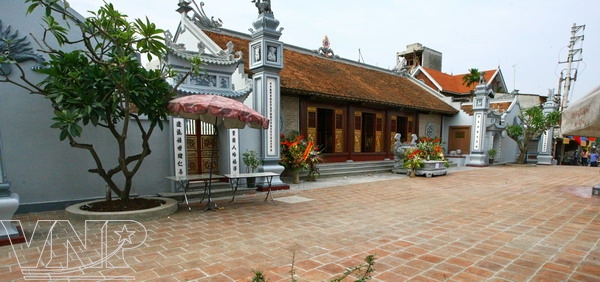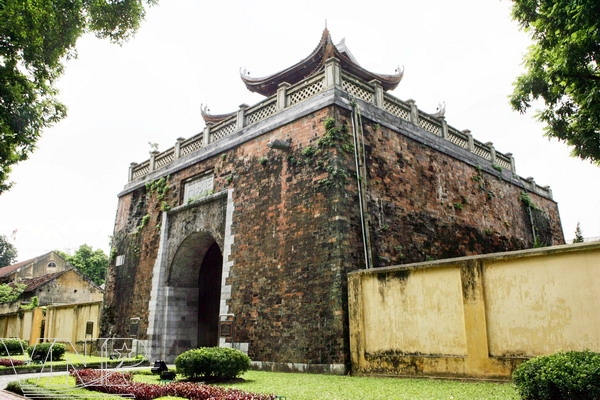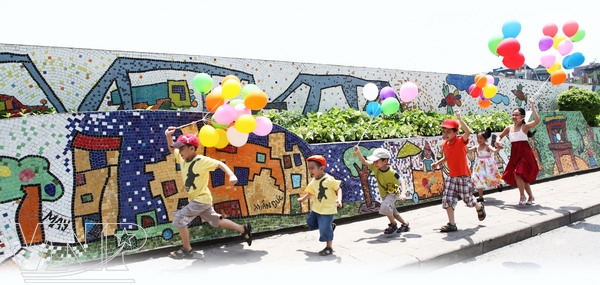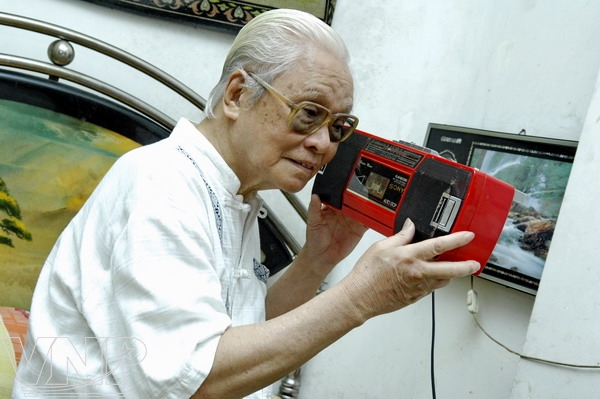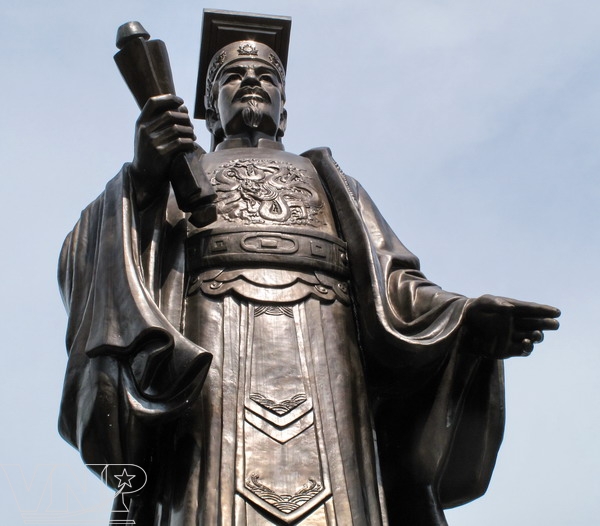For a long time Hanoi planners have nurtured a dream of turning Hanoi into a civilized and modern capital. The decision by the Vietnamese National Assembly to expand the capital’s administrative border on August 1, 2008 will help Hanoi gain new stature in accordance with the development process of an international-level city.
With its new administrative border, Hanoi is many times larger and has a firm position tucked up against the Ba Vi Mountain Range and facing the Red River. Furthermore, it still keeps its position, evoking that of a soaring dragon and a sitting tiger. It is equal distance from the four-cardinal points and is favourably oriented to both mountains and rivers. It is is settled on both banks of the Red River and covers the whole Doai area to the east and west. That helps Hanoi have enough land to build a modern urban space beside the existing ancient one with an age-old history and be closely attached to strategies of the capital planning not only by visions into the 20’s and 30’s but into the distance future.
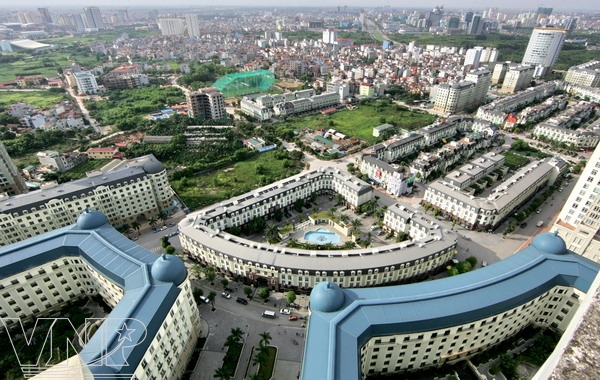
The Mannor Residential Quarter in the west of Hanoi designed by foreign architects.
|
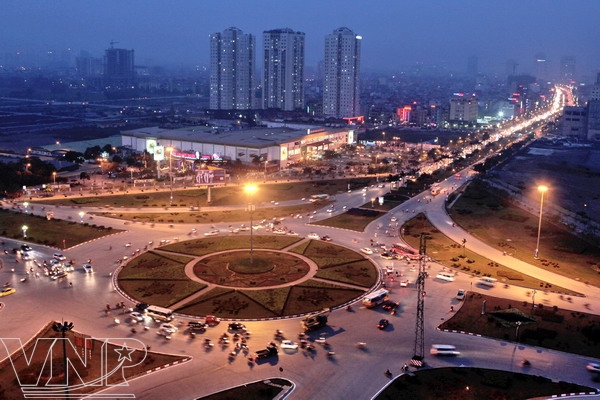 Lang-Hoa Lac crossroads on Thang Long Avenue, one of the hubs linking with the metropolitan and national traffic system.
|
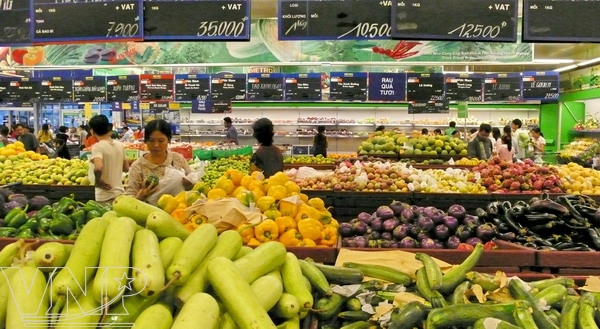 The system of large supermarkets in service of Hanoians' demands. |
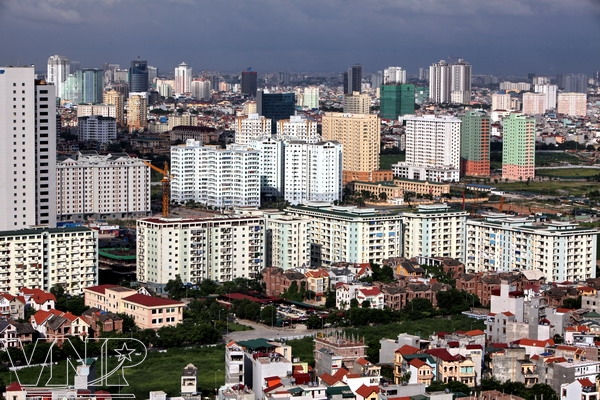 There are more and more residential quarters with modern architecture in Hanoi. |
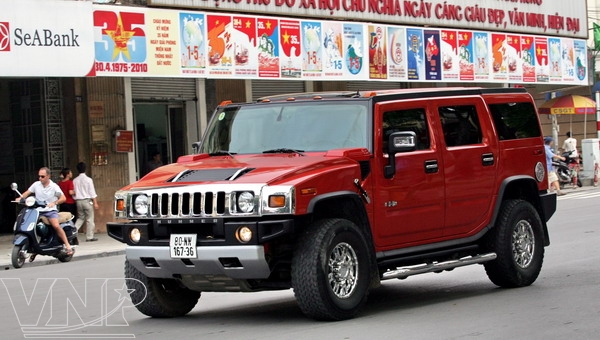 In recent years many luxurious cars have been seen on streets of Hanoi. |
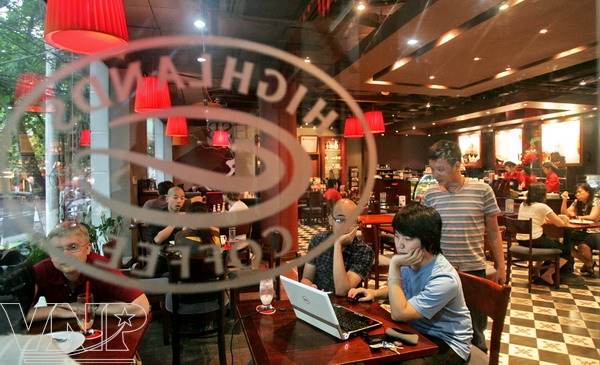 Cafés with modern architectural style are favourite rendez-vous of many young people in the capital. |
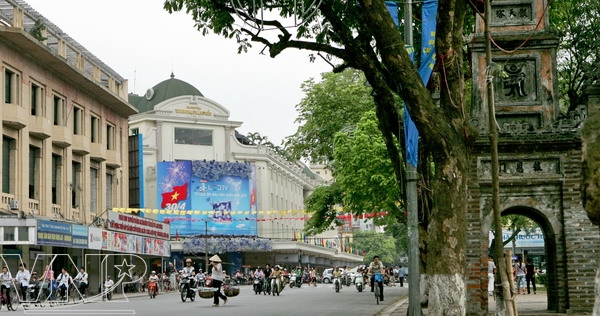 The combination between a modern urban space and ancient architectural features by Hoan Kiem Lake. |
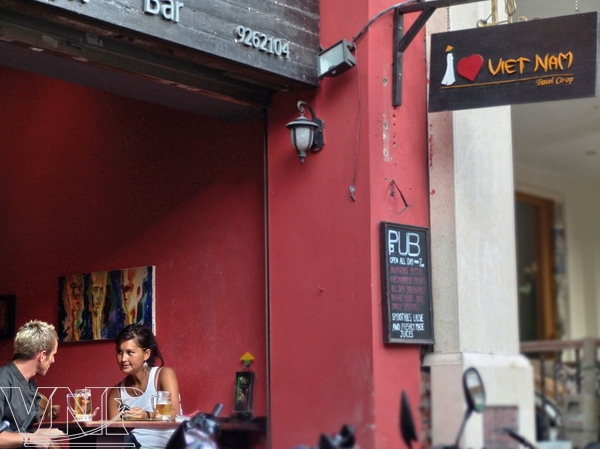 Coming to Hanoi, foreign tourists have a chance to visit many sites of great historical and cultural values. |
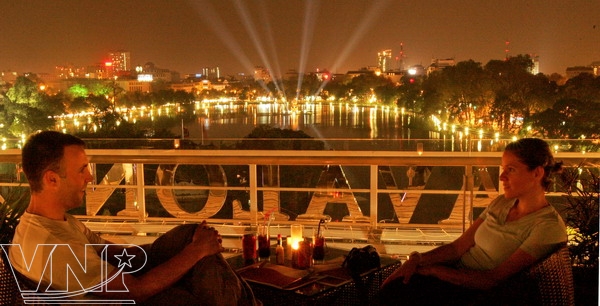 Coming to Hanoi, foreign tourists have a chance to visit many sites of great historical and cultural values. |
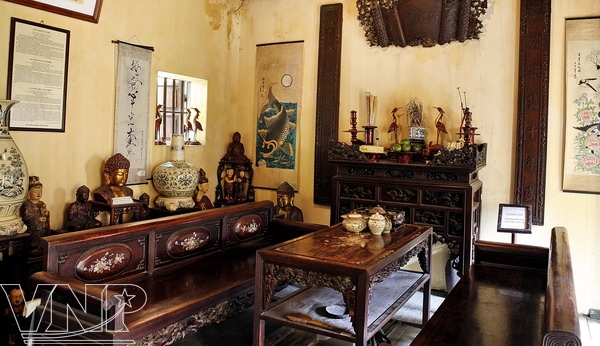 Coming to Hanoi, foreign tourists have a chance to visit many sites of great historical and cultural values. |
After the Capital’s administrative border is expanded, the Vietnamese Government decided to devise a master plan on building the Capital by 2030 with a vision up to 2050. It is an important issue that not only has effect on the future of the Capital but also relates to the fortune of the country. Nguyen Dinh Toan, Deputy Minister of Construction, said that firstly a suitable urban space must be created, then the sustainable development of the Capital must be oriented and managed. According to this planning orientation, the Capital will develop in the model of many urban areas, including a core urban area and satellite urban areas that are linked together by a belt transport system and centripetal axis and have connectivity with the capital and national transport network.
The core urban area is the centre of politics, history, culture, service and high-quality training. Its inner area is defined to continue expanding to the belt Road 4 to the south, and to the north of the Red River with the districts of Me Linh, Dong Anh, Gia Lam and Long Bien, with the aim of solving the existing issues on urban infrastructure and over population. The core historical urban area (including the Old Quarter, old streets, the areas of belt 3 and the green belt of the Nhue River) with a system of heritage sites, the political area of Ba Dinh and the relic site of Thang Long Imperial Citadel is to be strictly preserved and supervised to affirm the stature of the supreme political power centre of the whole country and promote the cultural and historical values of the thousand-year-old Capital. At the same time, much attention must be paid to preserving the Old Quarter, old streets, urban structure, typical architectural style of each area and typical works, such as the Long Bien Bridge, Hanoi Railway Station, relics and landscape around the West Lake.
Besides the core centre, the system of five satellite urban areas of the Capital will be built and developed based on the current urban areas, namely Son Tay, Xuan Mai, Phu Xuyen-Phu Minh and Soc Son. Hoa Lac alone is a new urban area that is the centre of science and the most advanced technology of Vietnam, training high-quality human resources for the whole country. Each satellite urban area has a typical function to support the core urban area in terms of housing, high-quality training, industry and services. Ecological towns will develop from the current towns in the model of ecological urban area with control and limitations in terms of scale, function and space. These towns will support public utilities and infrastructure, promote production, develop the economy and society in rural areas and serve as a bridge connecting the urban and rural areas.
Hanoi with its new stature in the 21st century will become a traditional and modern city, a large centre of politics, economics, culture, science-technology and international relations.
|
- Hanoi’s administrative border was officially expanded on August 1, 2008. It has a total area of 334,470.02ha and a population of over 6.5 million people (early 2010).
- In the next decades when the population of Vietnam reaches 120 million people, of which that of Hanoi will account for 10% and the density is 3,500 to 4,000 people/km2, equivalent to that in the capitals of some developed countries, such as Paris (France) with 3,500 people/km2, London (UK) with 5,100 people/km2, Berlin (Germany) with 3,740 people/km2, Moscow (Russia) with 3,629 people/km2, Tokyo (Japan) with 4,400 people/km2.
- Hanoi is one of the 17 capitals and cities in the world having an acreage of over 3,000km2.
|
Story: Nguyen Tuan Long
Photos: Trong Chinh – An Thanh Dat – Tra My – Pham Hung Kim
admin

